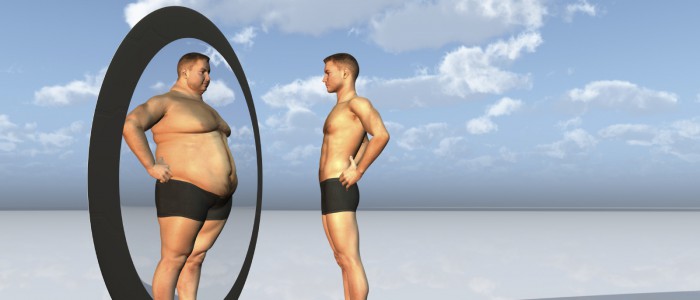The Thin Type 2 Diabetic—Know Your Insulin
A patient arrived in my office last week with confusion and disbelief. For several years, his blood sugar has been in the type 2 diabetes range, with a HgbA1c near 7.5%, and despite his lean, thin build, his doctor told him that weight loss could help his high blood sugar. If you could see Paul, you’d be as confused as he—he has no weight to lose.
So why did his doctor blurt such a misguided association? Because his doctor, like you, heard medical claims that too strongly link obesity to type 2. On WebMD, I just read “BMI Biggest Contributor to Increase in Type 2 Diabetes in US.” And another headline, “Type 2 Diabetes Tied to Obesity, but Predisposition to Obesity Poorly Understood.”
It is true that if you take the type 2 diabetes population, a greater proportion of them will have central obesity than the non-diabetic public, so it is true, an association is there. But within that same adult type 2 diabetic population, about 39% of them are on the lean and even underweight side of the weight charts. Yes, the thin diabetic represents over a third of all type 2 diabetics!
Insulin secretion plays a huge role here and is well explained in Step Three of The Blood Code. In short, those with high insulin gain central body fat easily and those with low to normal insulin don’t. High blood sugar, which is due to the process of insulin resistance, can occur in the presence of high or normal to low insulin, and you have to know which one you are.
The high insulin folks gain fat easily and when they develop high blood sugar, they are blamed for gaining weight and causing the problem, yet the high insulin is the root cause of both the weight gain and the subsequent insulin resistance. A low carb diet is paramount to their success. High insulin does not only produce more fat tissue, it is the body builder’s friend because it builds muscle. The high insulin person’s ancestors were the bigger and stronger folks, those able to do mountains of work with infrequent food intake.
Yet those with low insulin, like Paul, are part of the 39%. He develops insulin resistance without high insulin and while the low carb diet is certainly part of his plan, strenuous exercise is critical to his turnaround. Low insulin with a tendency toward high blood sugar is the expression of the cellular traits that allowed our ancestors to thrive in a physically demanding, carbohydrate restricted landscape. And Paul, like so many others I have seen, will see his type 2 diabetes remarkably reverse as he lives in accordance with who he is genetically.
Know your insulin! It is part of the Discovery and Progress Panels that you can get discounted and directly through ULTA labs. I personally have low insulin – those who have seen me could have guessed. I am from a family with a history of diabetes in non-overweight people. And my blood sugar is now corrected despite—or because, I have gained twenty-pound of muscle in the past twenty-five years. A twenty-pound gain and I am still a 31-waist. Paul’s Doctor needs to stop treating all type 2 diabetics as though they have high insulin and need to lose weight. Paul, like me, and like so many others, will better live our lives if we know our Blood Code and eat and exercise in accordance.




Comments are closed.